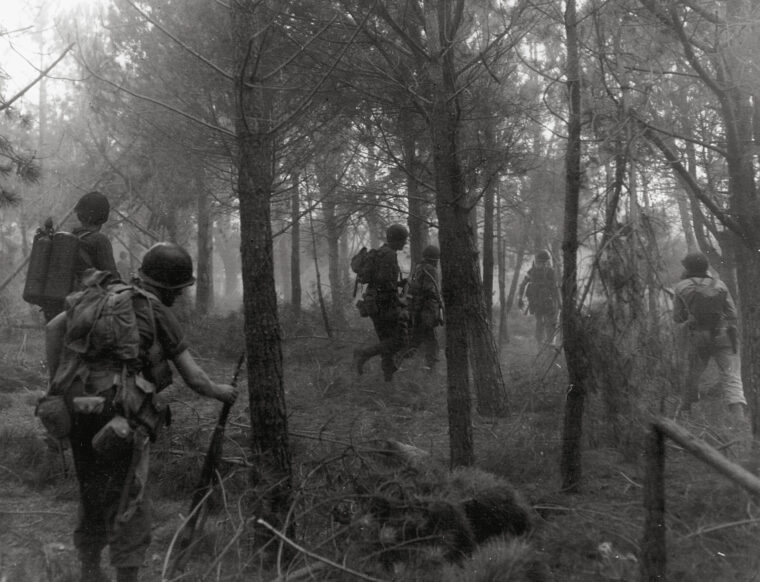
WWII
The 36th Infantry Division: From the Alamo to Operation Anvil
By Bruce L. BragerOperation Anvil, the invasion of southern France, was originally planned for June 1944, the same time as the Normandy invasion. Read more
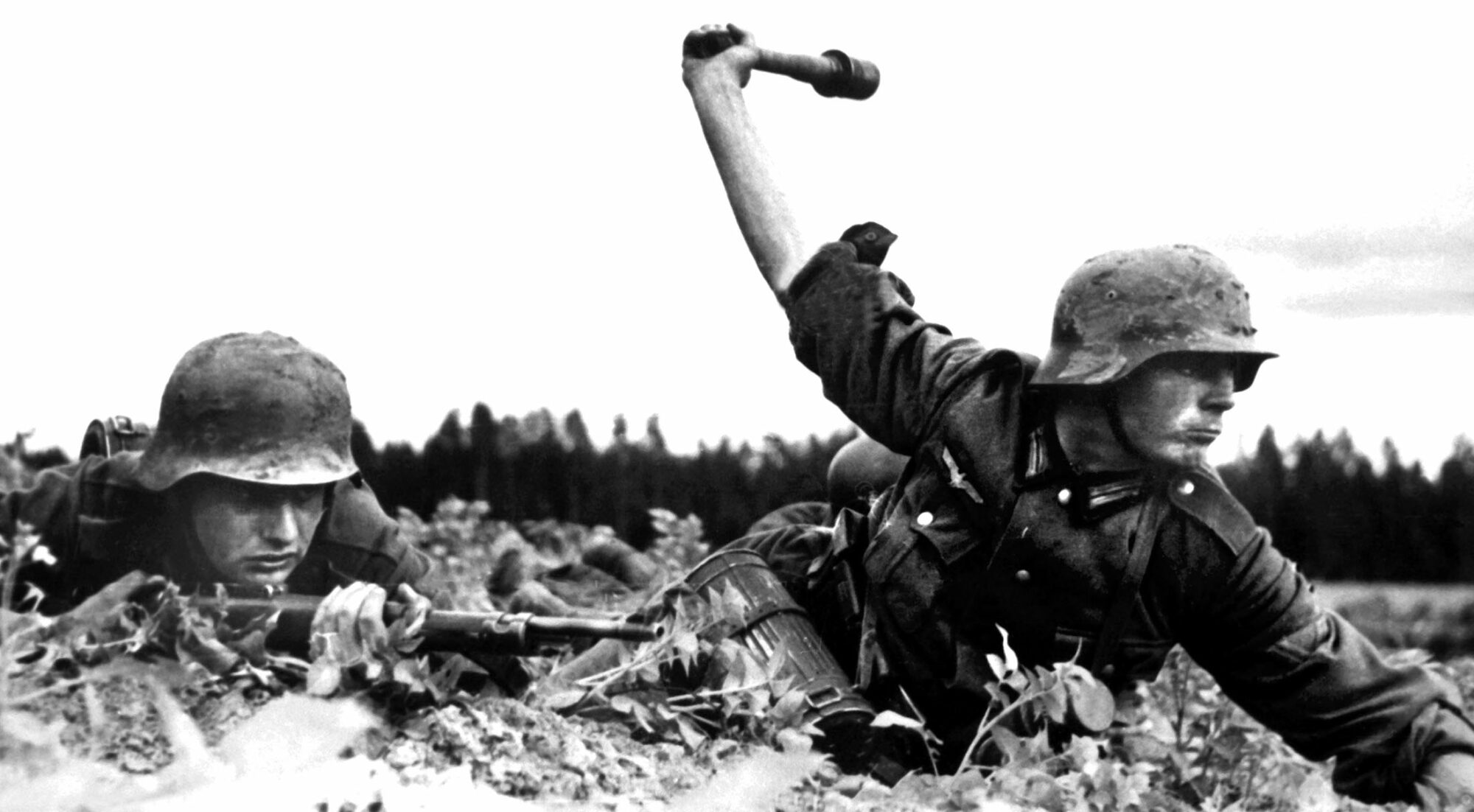

WWII
Operation Anvil, the invasion of southern France, was originally planned for June 1944, the same time as the Normandy invasion. Read more
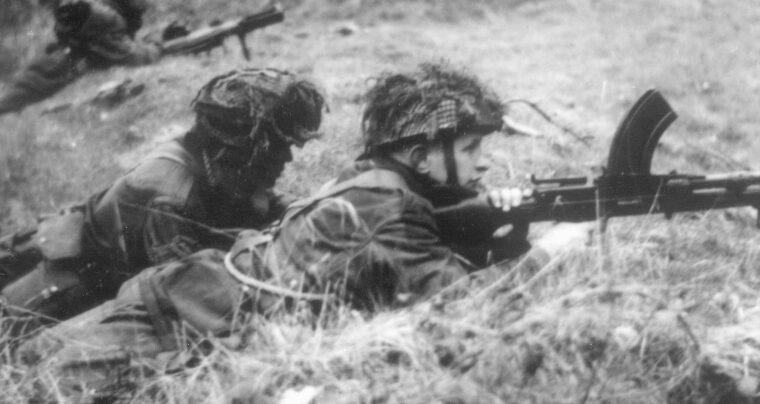
WWII
In the hut no one spoke, no one joked. The assembled British and Canadian paratroop commanders awaited the briefing from their brigade commander on their next major operation. Read more
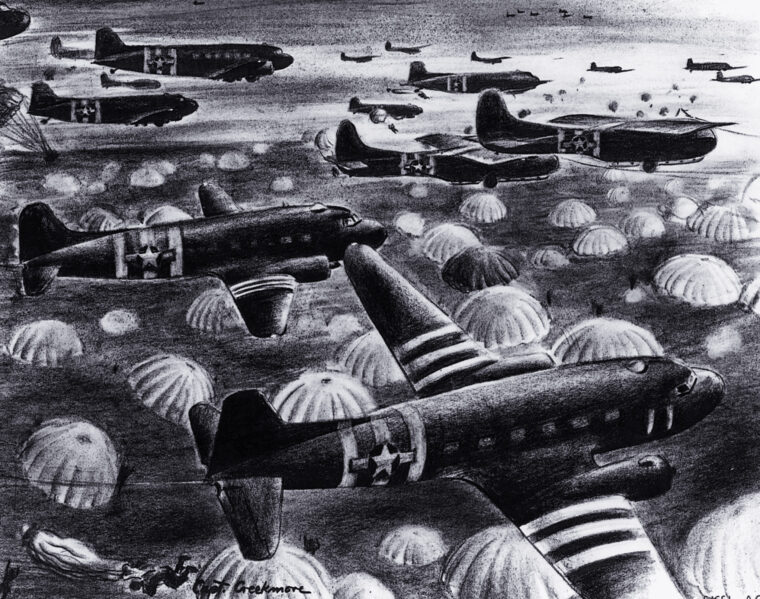
WWII
As the 1930s unfolded, Adolf Hitler sought to avoid having Great Britain join the war he intended to launch. Read more
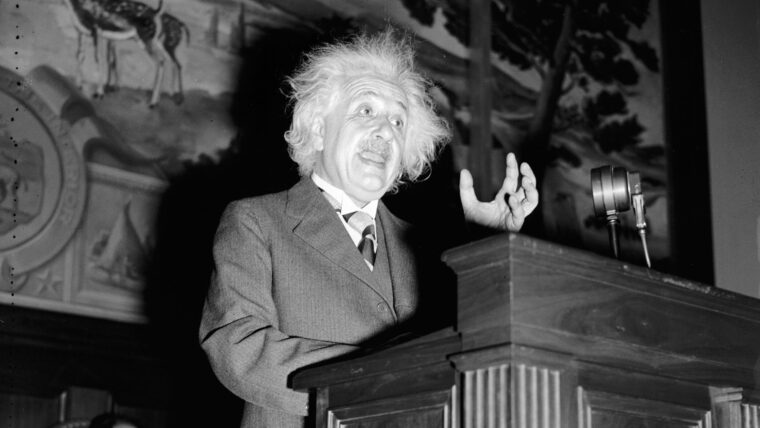
WWII
When Albert Einstein arrived in Pasadena, California, in early 1933, he was to take up his duties as visiting professor at the California Institute of Technology for about three months. Read more
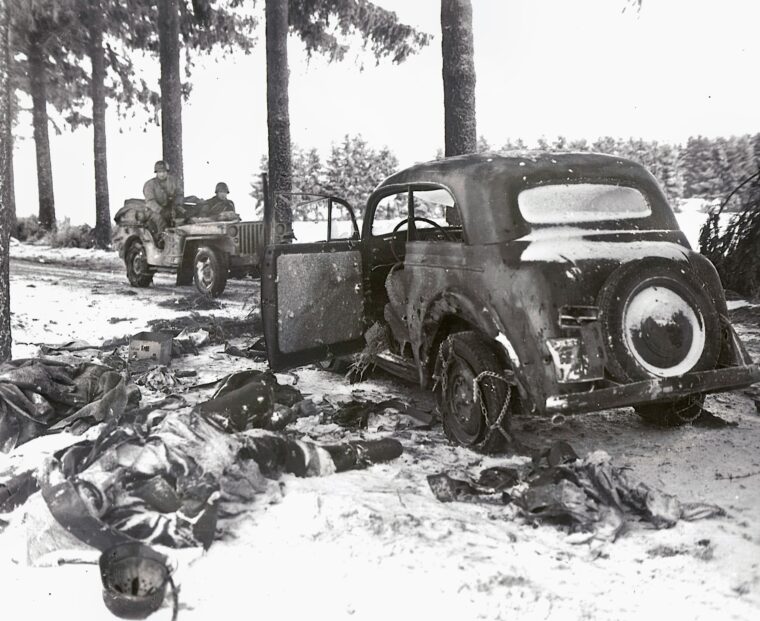
WWII
On a Belgian hillside at the height of the Battle of the Bulge, an American lieutenant watched as a jeep carrying four men dressed in American uniforms stopped on the road in front of him. Read more
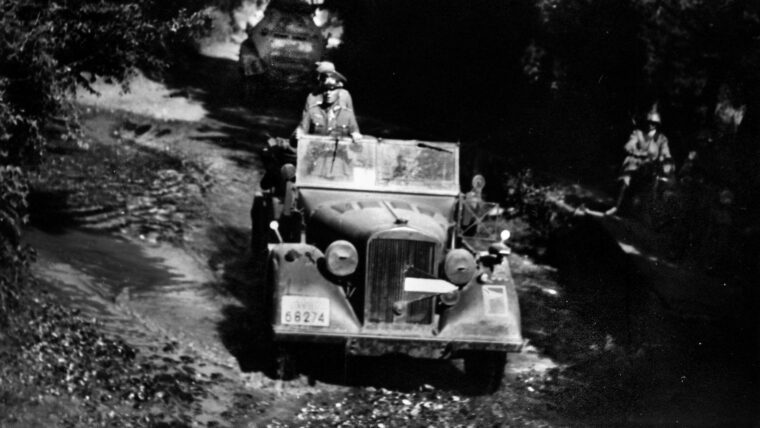
WWII
Field Marshal Erwin Rommel, the infamous “Desert Fox,” was appointed Commander-in-Chief of Army Group B on the Western Front and put in charge of strengthening the Normandy coastal defenses. Read more
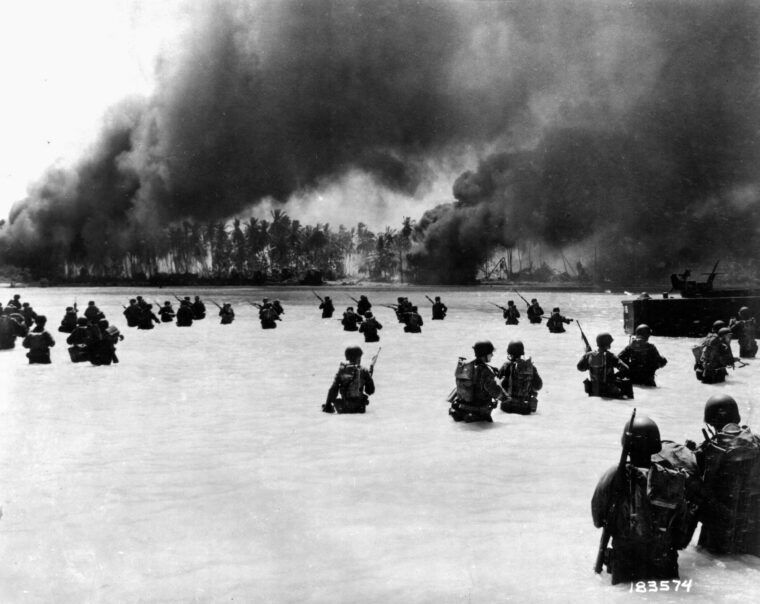
WWII
By the spring of 1943, the Japanese advance across the Pacific had been brought to a halt. Read more
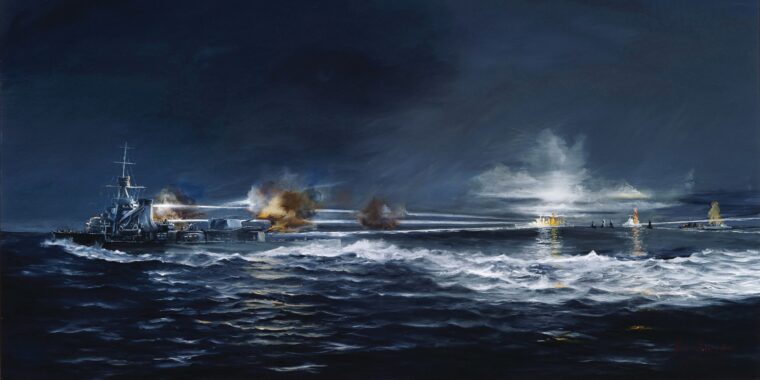
WWII
Much credit goes to the American ability to quickly manufacture the many ships and planes needed to fight the Pacific War and overwhelm the Japanese enemy. Read more
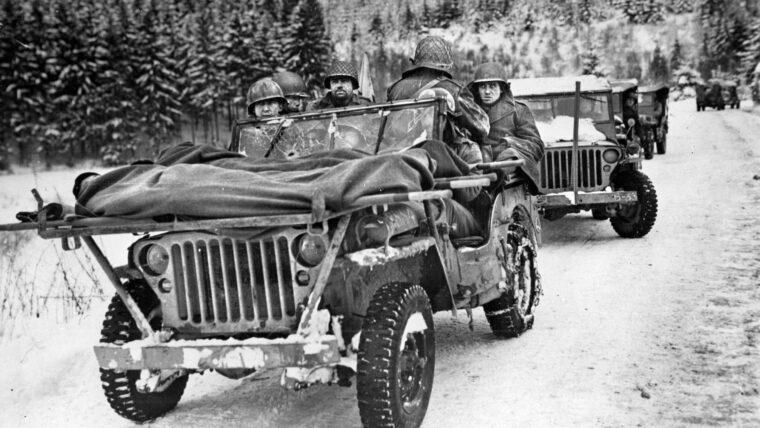
WWII
Captain (Dr.) Willis P. McKee did not like what he was seeing. For several hours now, crowds of panicky civilians had been streaming past his unit’s tent hospital located at a crossroads eight miles northwest of Bastogne, Belgium. Read more
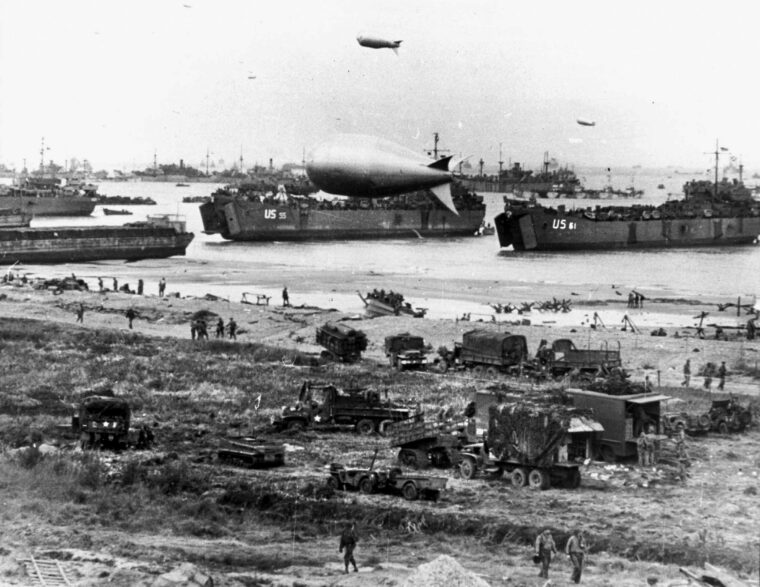
WWII
Julius Boreali’s diary entry from May 29, 1944, is different from the more typical “calm sea, sun shining” entries that precede it: 12:30 am attacked by a group of German planes. Read more
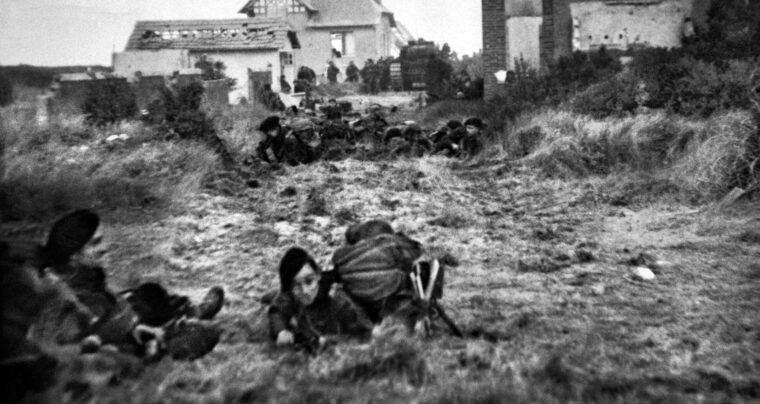
WWII
Aboard one of two LCIs carrying French commandos approaching the Normandy coast, Lieutenant-Commander (Capitaine de Corvette) Philippe Kieffer looked at his watch. Read more
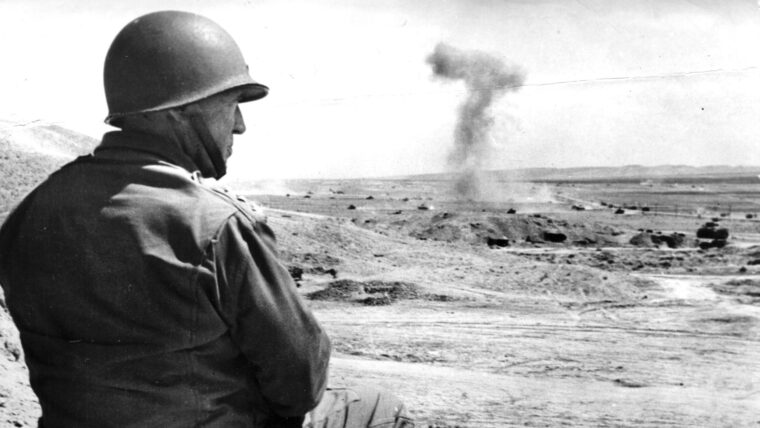
WWII
Patton’s War: An American General’s Combat Leadership, Volume 2 August-December 1944 (Kevin M. Hymel, University of Missouri Press, Columbia, MO, 2023, 467 pp., Read more
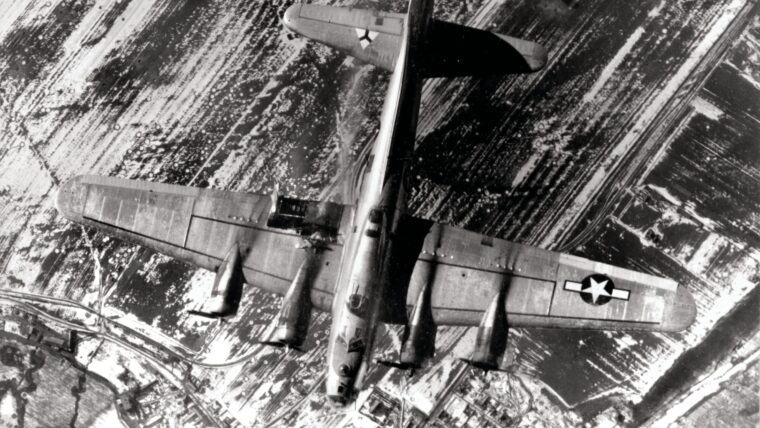
WWII
Just after releasing their bomb-load, flak slammed into the B-17, causing it to go out of control, falling fast. Read more
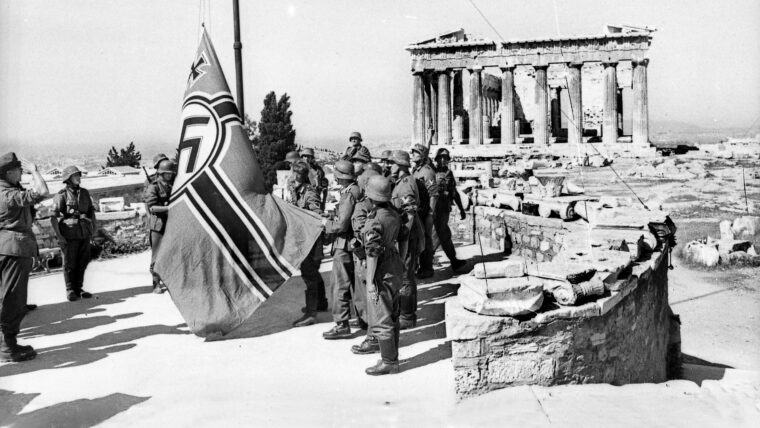
WWII
In late 1940 and early 1941, German Chancellor Adolf Hitler was concentrating on his next great conquest, the Soviet Union. Read more
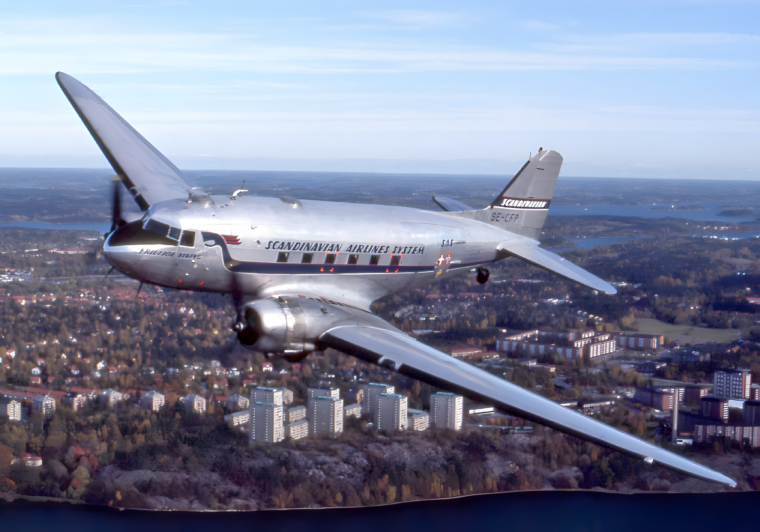
WWII
On the morning of June 1, 1943, the Douglas DC-3 lifted off from the airport at Lisbon in neutral Portugal. BOAC Flight 777 or Dutch KLM Flight 2L272, as it had been designated, carried 13 passengers and its crew on a flight bound for London. Read more
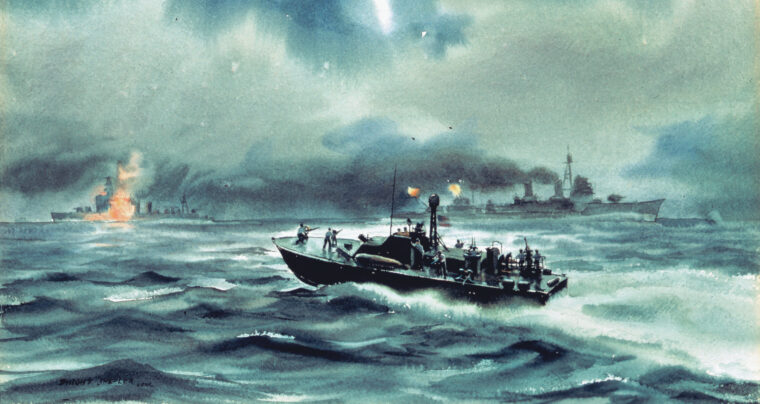
WWII
In 1944, following the American victories in the South Pacific of operational commanders General Douglas MacArthur in western New Guinea and Admiral Chester Nimitz in the Marianas, American planners considered the next offensive against Japan’s empire. Read more
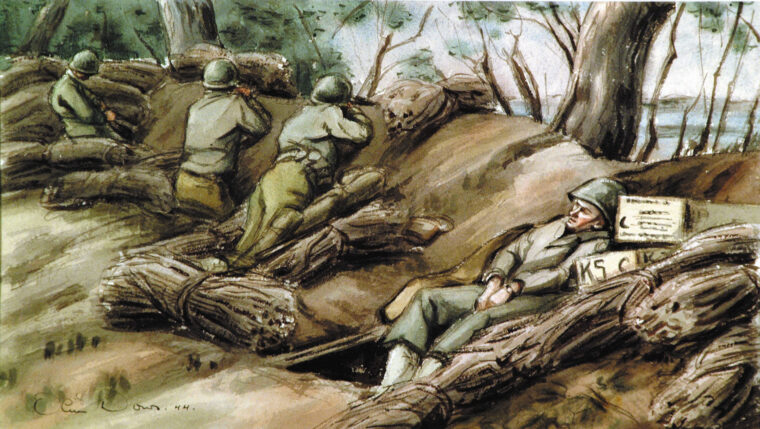
WWII
In the late afternoon of July 18, 1944, in what was left of the main square of battle-scarred St. Read more
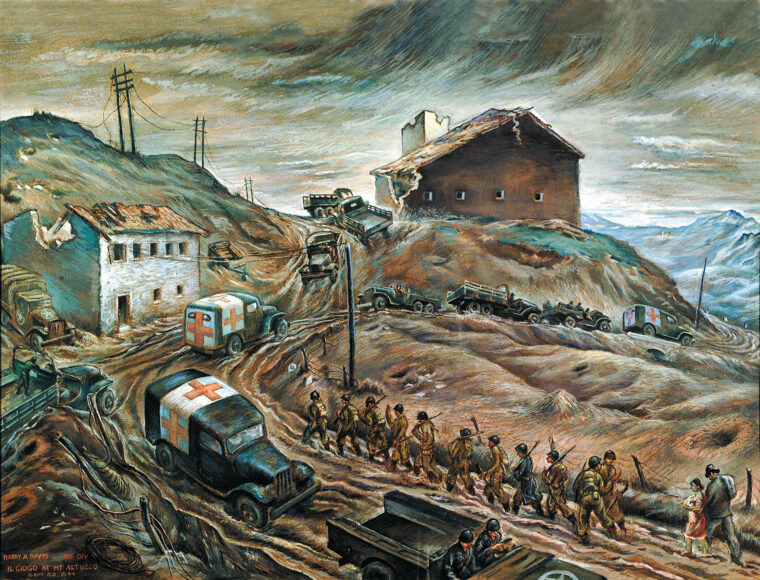
WWII
The U.S. 85th Infantry Division was one of the Allied workhorses in Italy during World War II. Read more
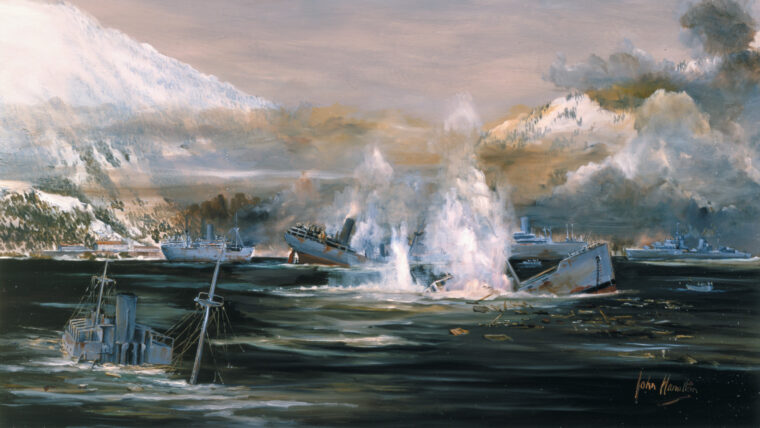
WWII
The German mountain troops were dug into their shallow, frozen foxholes waiting for the enemy ski troops to appear across the horizon. Read more
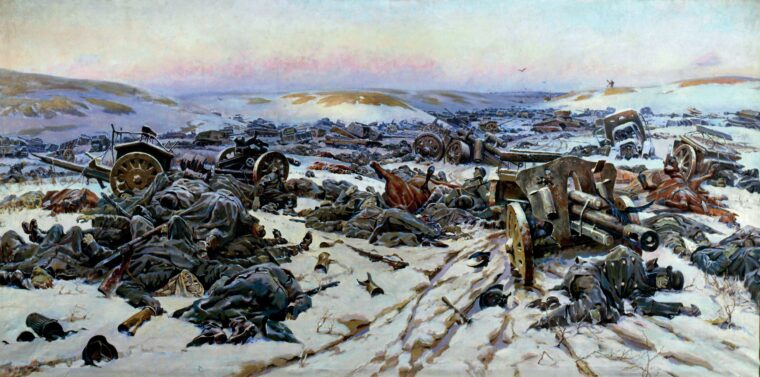
WWII
On January 26, 1944, in the midst of the Ukrainian winter, the tanks of Gen. Ivan S. Read more